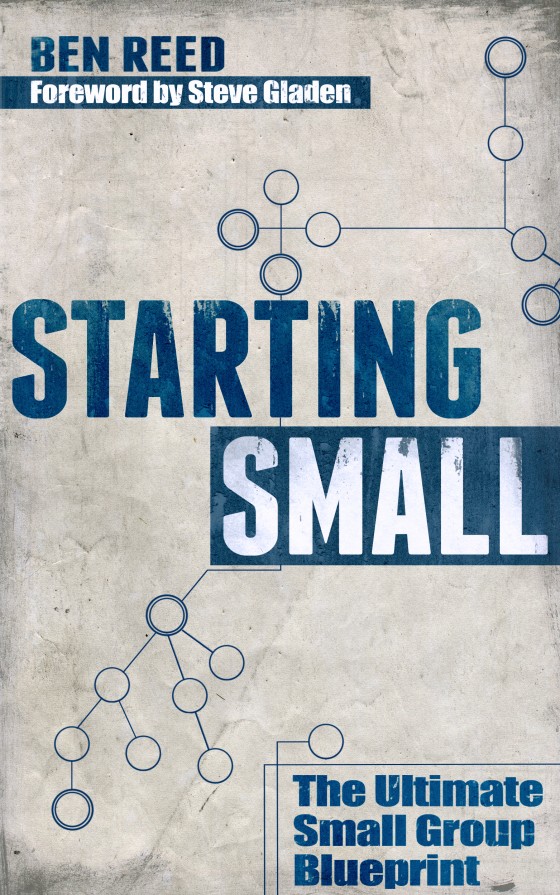 I’m a small groups pastor, and the major way I communicate with small group leaders outside of Sunday morning is via email. I’d love to be able to have coffee with all of them regularly (because they’re some of my favorite people), but it’s just not possible. With the fast-paced nature of our society, and our group leaders in particular, combined with my own personally busy schedule, the ability to communicate important information to multiple people at once is essential.
I’m a small groups pastor, and the major way I communicate with small group leaders outside of Sunday morning is via email. I’d love to be able to have coffee with all of them regularly (because they’re some of my favorite people), but it’s just not possible. With the fast-paced nature of our society, and our group leaders in particular, combined with my own personally busy schedule, the ability to communicate important information to multiple people at once is essential.
When I communicate via email, much of the information I send out is never read. In fact, one of the guys on staff (who will remain unnamed) told me that if my email is more than one line long, he won’t read it! I could get upset about this, take it personally, and require group leaders to read the weekly (though it’s more like bi-weekly) emails. But you and I both know that that approach would not lead to increased reading and response to this important information.
I’ve tried vastly shortening my emails. Now, instead of a devotion before the “important” stuff, I start with “Here are the vitals you and your group need to know…” I give them a list of a few major things, and that’s it. But still, the emails are not being read. Why?
Why my emails (and yours) aren’t being read:
1. Their inbox is already full of other important information. My email is 1 of 1000 that they “have” to read.
2. It takes thought to read emails. Reading my emails is not always mindless, because they need to read and process the information for their group.
3. My emails are boring. Since I’ve pared them down to only vital information, they’re pretty boring. Concise? Yes. Thrilling? Not even by a long shot.
4. “I’ll read it later.”
__________________________________________________________________________
So are we seeing the end of email? Maybe. Email is boring and lifeless. It’s often filled with spam, and forwards that we don’t want to read. We get mass emails and “reply all” messages that don’t pertain to us, and our inbox rarely reaches zero. The rest of the world has taken massive leaps forward in terms of communicating, yet email still seems to lag behind in black & white letters and numbers.
I’ve begun utilizing Twitter and Facebook to communicate with my team. Both of these platforms integrate networking with information sharing. Communication moves from the mere passing of information into the realm of knowing somebody better. I put a face with a name in Facebook. I get a snapshot of a person’s life (at least what they want the public world to see) in Twitter. That’s where lots of the group leaders at Grace Community Church “hang out,” so that’s where I’m going to communicate.
I have recently begun using The Flip video camera. I’ve really liked the ease of use, because I can throw it in my bag and have it ready to catch the many things that my wife and I don’t want to miss our son doing. In addition to family videos, I’ve begun using it to shoot some videos for our small groups. I have a lower quality version, but there are even some new, HD models of the Flip available. At the end of the day, I’d sacrifice video quality for ease of use. Based on the response of my small group leaders, they’d much prefer watching me yack on a video than reading it.
Is email dead? I think it’s being quickly outpaced by lots of other mediums.
How do you communicate? What medium to you prefer? Maybe, more importantly, which mediums do “your people” prefer?
Here’s the video I sent to my small group leaders. It’s not the best video you’ve ever seen, but I know that more people watched it than normally read my emails:

